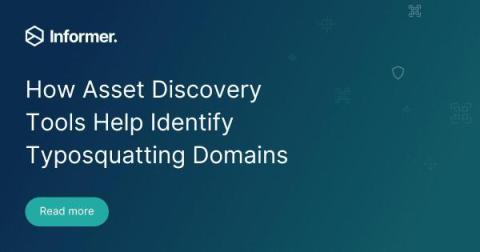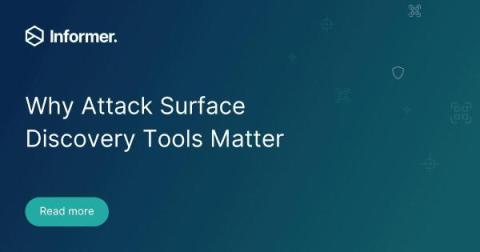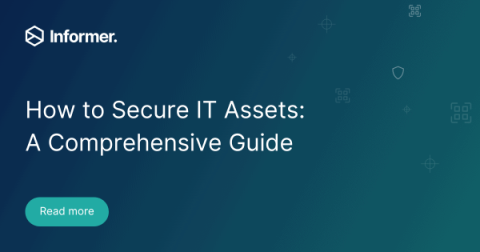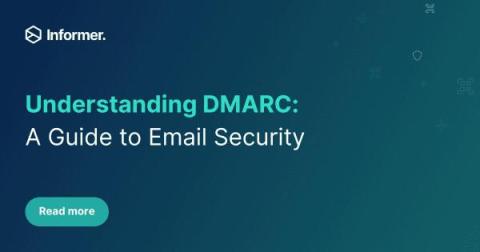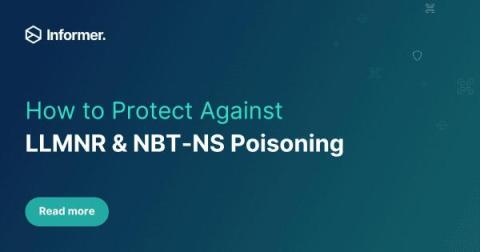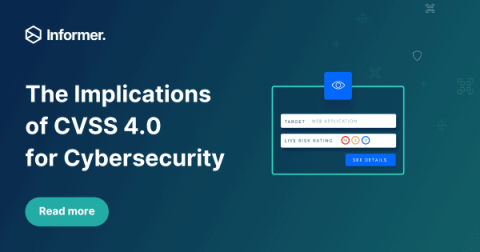Bugcrowd Acquires Informer
It is a proud and exciting day for me to announce that Bugcrowd has acquired Informer. On this momentous day, I can’t help but take a walk down memory lane, thinking about the past decade of hard work and innovation that led us to this moment. Ten years ago, I founded a specialist penetration testing business called The Security Bureau. As our client base grew, certain patterns emerged and it became clear that many organizations were unsure of exactly which assets were internet-facing.



